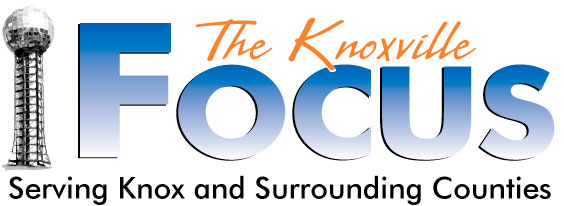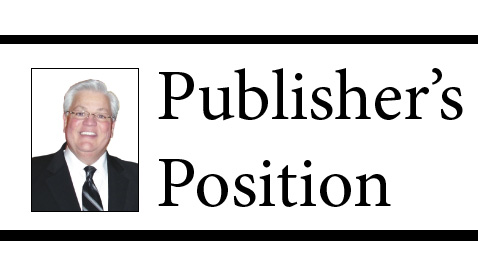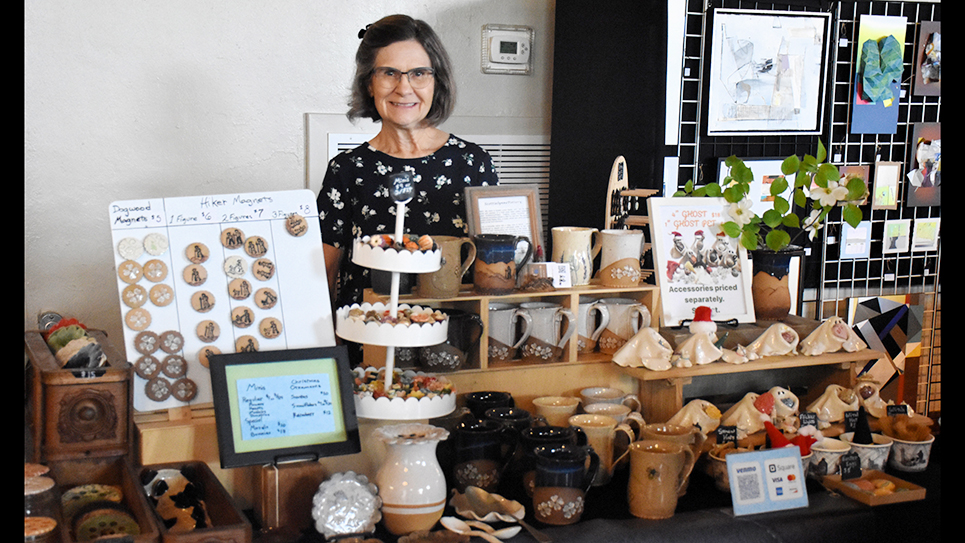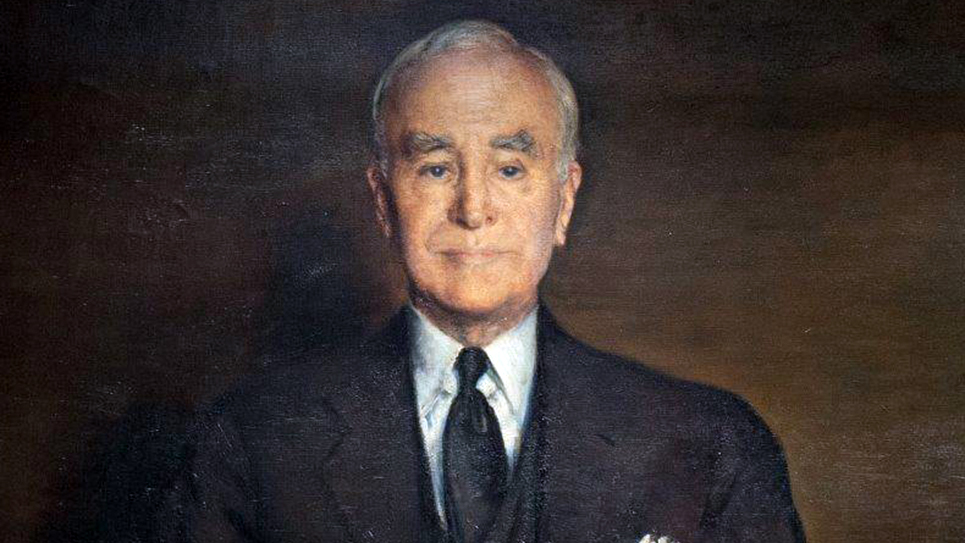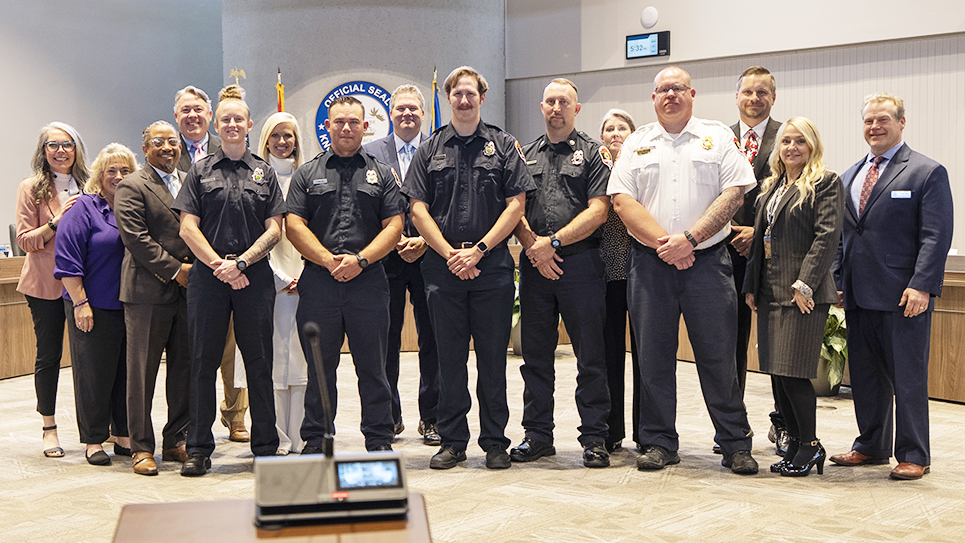UTIA Experts Recommend Biosecurity Efforts to Help Stop Spread of Avian Influenza
Extension Publications Provide Critical Tips for Keeping Flocks Healthy
Large-scale commercial poultry producers and small backyard flock owners should review their biosecurity practices to help prevent the spread of highly pathogenic avian influenza (HPAI) as the current outbreak is persisting across seasons and spilling over into other mammal populations, including humans.
“Since vaccination is not currently an option and antibiotics do not work against viruses, biosecurity is the most effective tool in our toolbox,” says Tom Tabler, professor and Extension poultry specialist in the Department of Animal Science at the University of Tennessee Institute of Agriculture. “However, you must use that tool every day and every time you visit your flock. Having a biosecurity program for your farm that isn’t followed every time is useless and puts your flock at increased risk of avian influenza.”
Since the start of the HPAI H5N1 outbreak in February 2022 in the United States, more than 154 million birds have been affected. The virus has been detected in flocks in all 50 states. This is three times as many birds as the 2014-2015 outbreak, which was the deadliest animal health emergency in the U.S. at the time.
The current outbreak is now impacting all types of both wild birds and domestic commercial and backyard flocks in each of the four major migratory bird flyways within the continental U.S. Birds and mammals that feed on migratory fowl that have died from HPAI can become infected, and the disease also has been found in domestic cats that have consumed unpasteurized raw milk or raw or undercooked meat contaminated by the virus.
“It’s important to remember that after HPAI emerges in a region, it spreads from farm to farm by transmission on surfaces of farm workers (shoes and clothing), shared equipment and service vehicles (on tires and tracks) that move between farms,” adds Shawn Hawkins, professor and Extension engineer in the Department of Biosystems Engineering and Soil Science at the Institute of Agriculture.
Both Tabler and Hawkins recently were deployed with the U.S. Department of Agriculture in California to help eliminate further disease transmission through proper disposal of infected birds, eggs, litter and feed. “The impact in California has been devastating, resulting in the loss of more than 20 million birds since 2022 and coming amid the recent closure of a turkey processing plant in Turlock, California, with 519 employees,” Hawkins says. “The outbreak affects consumers by increasing poultry meat prices and egg prices, which in turn increases the cost of staple food products like bread.”
The virus is present in the nasal secretions and manure of infected birds and can spread through direct contact between birds and indirect contact with humans, shared equipment, wild animals and insects, pets and contaminated feed, and water and environment for birds with outdoor access.
Biosecurity steps developed by the USDA include:
- Keep your distance.
- Keep it clean.
- Don’t haul disease home.
- Don’t borrow disease from your neighbor.
- Know the warning signs of infectious diseases.
- Report sick birds.
Tabler stresses that isolation, traffic control and sanitation are key to a good biosecurity program.
“We are nowhere near out of the woods just yet, and with the start of the 2025 Chick Chain season across Tennessee and much of the rest of the country, and spring waterfowl migration season just around the corner, biosecurity is more critical than ever. Remain vigilant and take all necessary precautions to keep your commercial, backyard and Chick Chain flocks safe,” he emphasizes.
Several UT Extension publications are available to help you understand the virus and biosecurity measures needed to protect birds. Visit the UT Extension website for more information or to download publications for free. Here are direct links to these publications:
D 236: Biosecurity is critical to prevent avian influenza
D 237: Should the U.S. rethink its avian influenza policy?
D 207: Keeping poultry safe with biosecurity principles and site-specific plans
D 202: Practice backyard poultry biosecurity
W 1230 4-H chick chain production and biosecurity tips
D 155: Avian Influenza 2022: frequently asked questions
D 156: Biosecurity checklist for combatting avian influenza
D 157: Biosecurity measures to fight avian influenza threats
D 158: Avian influenza: What we learned from 2015
The University of Tennessee Institute of Agriculture is comprised of the Herbert College of Agriculture, UT College of Veterinary Medicine, UT AgResearch and UT Extension. Through its land-grant mission of teaching, research and outreach, the Institute touches lives and provides Real. Life. Solutions. to Tennesseans and beyond. utia.tennessee.edu.
